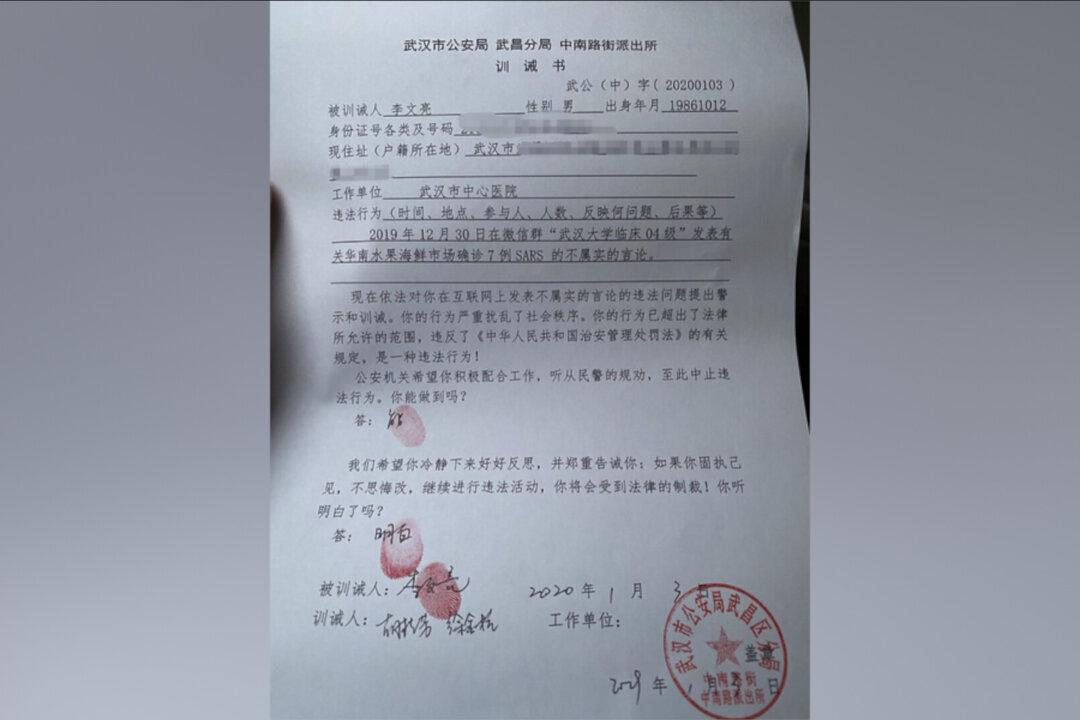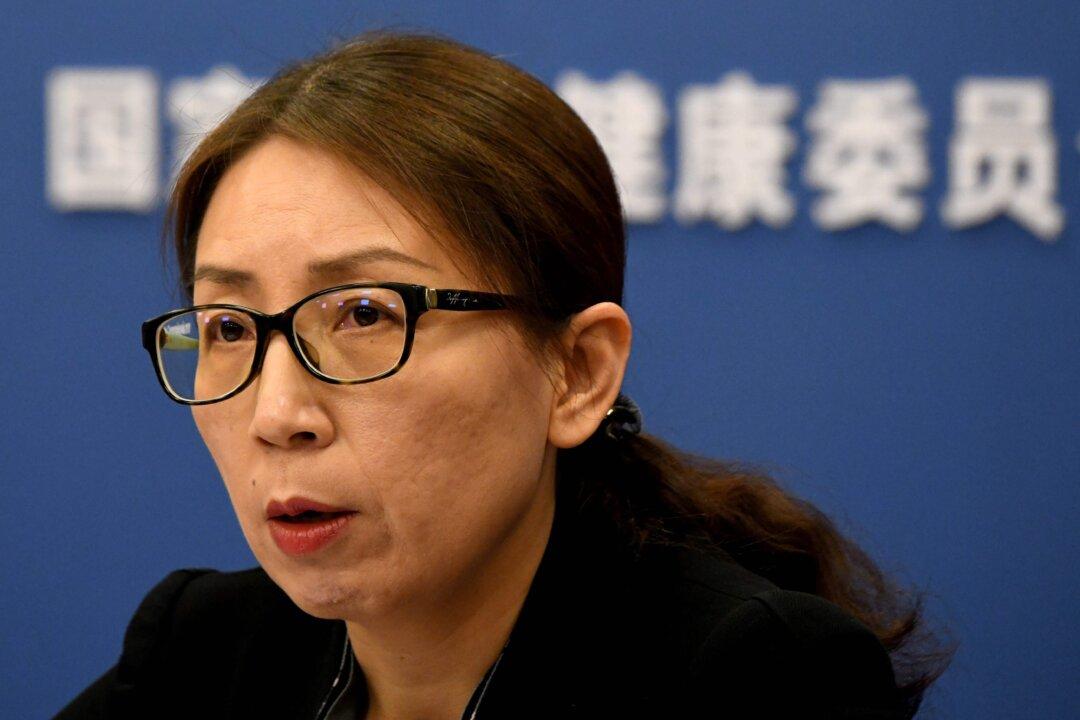The Epoch Times obtained leaked documents from local police departments in China that reveal the communist regime’s public security (Chinese police) continues to receive funding, despite a nationwide budget cut announced during the “Two Sessions”—an annual meeting of the Chinese Communist Party (CCP)’s rubber-stamp legislature and its advisory body to enact policies and agendas.
During a video-based press conference in Beijing on May 28, Chinese premier Li Keqiang said that “the central government will lead by example in living on a tight budget,” and “cut over 50 percent of outlays on non-essential, non-obligatory expenditures at the central government level.” In particular, he stressed, “governments at all levels must tighten their belts, and reject pointless formalities and spending splurges.”




